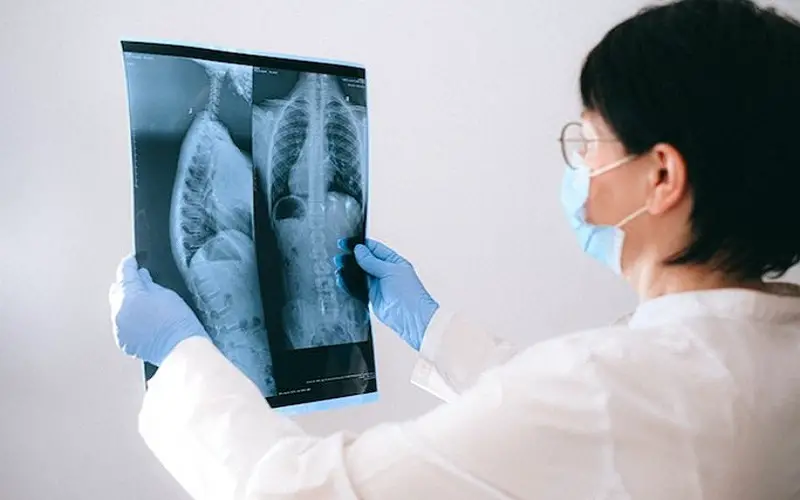Many people will be familiar with X-Rays, but it may come as a surprise to some that their applications aren’t just limited to the medical field.
As science progresses, the technology is becoming useful across various sectors. The adaptability of X-rays allows for exciting discoveries. Here are some industries using this technology—is yours one of them?
Medicine
Of course, the medical field is where you’ll be most familiar with X-rays. Medical X-rays are crucial to the diagnosis of a variety of conditions. As such, they are considered vital.
But the range of medical equipment at mavenimaging.com shows the vast volume of applications and equipment, spanning uses in dental, veterinary, and chiropractic areas. They are beneficial and needed they are to millions of people.
Space
A lesser-known use for X-Rays is their involvement in NASA’s space exploration.
NASA’s Chandra X-ray Observatory witnessed the brightest stellar explosion on record. The Chandra X-Ray Observatory is designed to detect X-ray emissions in space. It’s easy to forget that they occur from natural sources, such as the matter around black holes, exploding stars, and galaxies.
In making these discoveries, we can understand more about our universe.
Security
Airport security is an area of society that feels the benefits of X-Rays every day. By scanning personal items, airports can detect dangerous weapons or goods, alerting security teams.
The different colors on TSA screens signal these potentially dangerous objects. When a material is dense, the color grows darker. Orange signals organic material such as paper or food. But for materials such as metal or glass, the screen will show green or blue.
Though an ordinary, everyday use, it is no less remarkable.
Art
Art curators also can use X-ray technology to determine if a piece of art is a counterfeit.
The image results differ from that of airport security. With paintings, X-Rays will produce a lighter image in areas where the painting is denser. With original paintings, an artist or painter may have changed their mind about their piece and painted over some areas. They might have painted over their entire artwork to settle on the finished product.
With greater amounts of paint on the canvas, it’s expected that an original will show up lighter. A painter creating a counterfeit is more likely to know how the painting should look from the outset. Thus, in theory, a counterfeit will show up darker.
Archeology
Much like discovering the intricacies of art, archeology has also found X-ray technology to be remarkably helpful. Archeologists put a fossil of the Archaeopteryx in a large X-Ray machine at the European Synchrotron Radiation Facility (ESRF).
With a method inspired by Leonardo Di Vinci, the ESRF gathered 3D images of the Archaeopteryx. It wasn’t just the outline of the bird but also the bone structures. Having used the Archaeopteryx as a successful test of the method on large fossils, there are now exciting new possibilities for understanding more giant fossils and the creatures they used to be.
Final Thoughts
From everyday tasks to the lesser known, X-Rays have remarkable uses for making discoveries in safety, science, astronomy, history, and art. Never mundane, they are crucial for good all over the world.

